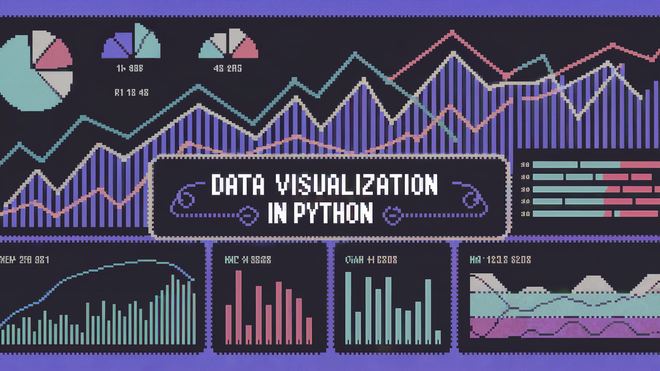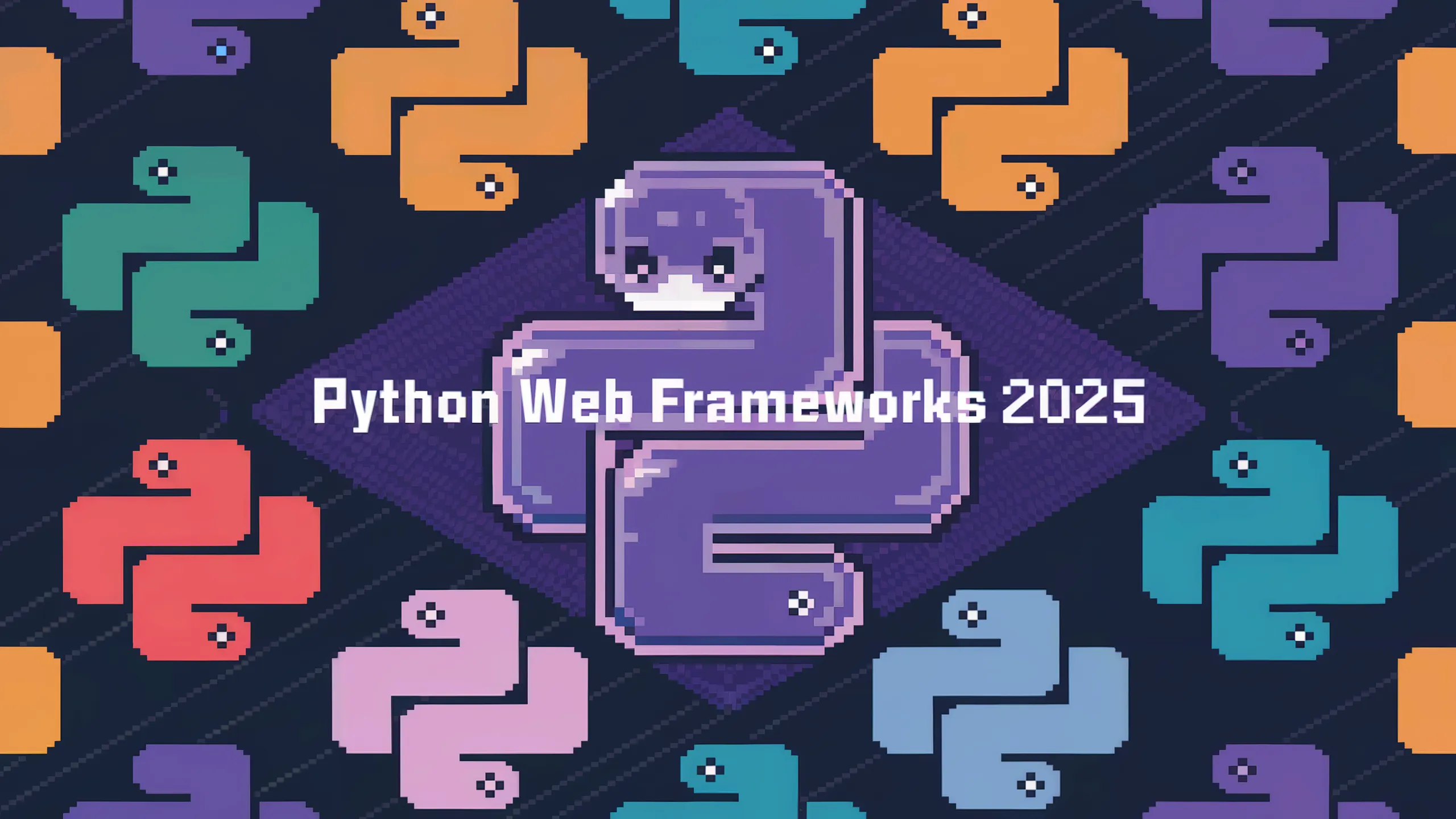Top AI App Builders in 2025
Reflex.build vs Replit Agent vs v0.dev vs Bolt.new vs Lovable.dev
Tom Gotsman
·

In 2025, AI-assisted app development is no longer a futuristic concept – it’s here now, changing how we build software. This year has brought a new generation of AI app builders that help developers create full-stack apps faster, smarter, and with less boilerplate.
From prompt-based UI generators to fully code-first frameworks with integrated AI agents, these tools redefine what it means to develop with AI. Whether you're a solo maker, a startup founder, or part of an enterprise team, there's an AI developer tool tailored to your needs.
But with so many platforms competing in the space – from no-code and low-code AI tools to Python-first AI app frameworks – which one should you choose?
That's why we've reviewed the top AI App Builders, comparing the strengths and weaknesses of each to help you decide which fits your workflow best. In this article we will review the following frameworks:
Reflex.build is a code-first AI app builder for production-grade, data-driven applications. It lets teams build both frontend and backend entirely in Python—ideal for enterprises needing full control, security, and extensibility. It also supports one-click integration with any database—PostgreSQL, MySQL, SQLite, and more—unlike many others that are limited to Supabase.
Pros
- Pure Python full-stack development (no JavaScript)
- Enterprise-ready: auth, database, background tasks, and deployment built-in
- AI agent to scaffold apps and intelligently edit code
- One-click integration with any MySQL or Postgres database
- Built for real business use cases and data-centric apps, not just prototypes
Cons
- Product only for Python developers: this is not for javascript developers
- Not built to create static sites, more geared for interactive data apps
Replit Agent acts like a full-stack dev assistant. It generates apps based on natural language prompts and handles setup, dependencies, hosting, and even deployment for you.
Pros
- Natural language input to generate full apps
- Instant deployment on Replit
- No setup or config required
- Works in browser and mobile
Cons
- Less control over architecture and code structure
- Limited customizability for complex use cases
Bolt.new builds and runs full-stack apps entirely in the browser. You describe your app, and it uses Claude to generate frontend/backend code with live preview and built-in deployment.
Pros
- Full-stack scaffolding via prompts
- In-browser VS Code-like editor
- Preview and deploy instantly
- Clean code you can export
Cons
- Tied to browser-based IDE
- Best suited for small-scale or experimental projects
Lovable.dev builds production-ready apps based on a single prompt, wiring in auth, payments, and DBs as requested. It uses Claude to generate editable codebases with modern tooling (Vite, React, Tailwind).
Pros
- Full-stack app generation from a single prompt
- Integrates with Stripe, Supabase, etc.
- Editable, synced with GitHub
- Great for side projects and prototypes
Cons
- Still in early development (limited backend flexibility)
- Requires follow-up coding for complex logic
v0.dev helps frontend developers build beautiful UIs using natural language. It generates clean, Tailwind-styled React components and integrates directly with Vercel projects.
Pros
- Fast UI generation via prompts
- Clean Tailwind + React output
- Seamless Next.js/Vercel integration
- Great for prototyping interfaces
Cons
- Frontend-only (no backend logic)
- Requires integration with your own APIs/backend
Whether you're building a SaaS tool, chatbot, dashboard, or full-stack web app, AI app builders in 2025 are here to accelerate development. If you want:
- Enterprise-grade extensibility and full control: Choose Reflex.build.
- End-to-end automation and instant deployment: Try Replit Agent.
- Fast and stylish frontend scaffolds: Use v0.dev.
- One-click prototyping for fun experiments: Go with Bolt.new.
- Quick MVPs and side projects: Try Lovable.dev.
These tools don’t replace developers — they amplify us. Choosing the right builder depends on your project scope, how much customization you need, and whether you're building something for fun or for production.
More Posts

The 10 best internal tool builders in 2025
Reflex vs Retool vs Budibase vs Appsmith vs ToolJet vs Zapier Interfaces vs Glide vs Softr vs DronaHQ vs Microsoft Power Apps
Tom Gotsman

Top 10 Python Data Visualization Libraries in 2025
Matplotlib vs Seaborn vs Plotly vs Bokeh vs Altair vs GeoPandas vs HoloViews vs Pygal vs Geoplotlib vs GGPlot
Sumanth Papareddy and Tom Gotsman

Top Python Web Development Frameworks in 2025
Reflex vs Django vs Flask vs Gradio vs Streamlit vs Dash vs FastAPI
Tom Gotsman